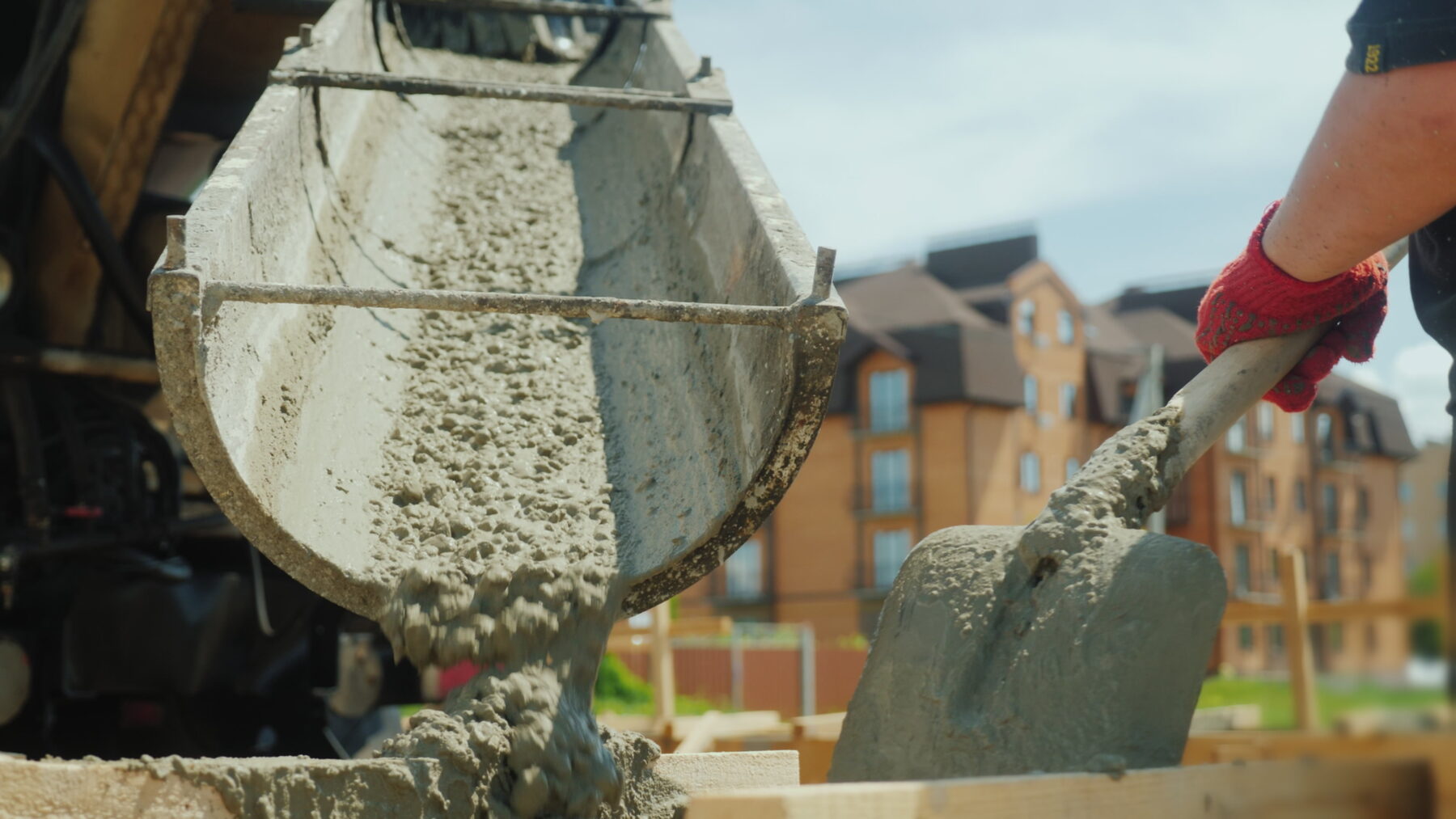Cold Weather Construction: Best Practices for Concrete Contractors
November 1, 2023

When the temperature drops, many industries adjust their work strategies. In the world of concrete construction, cold weather presents its own set of challenges. At Interstate Concrete & Asphalt, we understand the intricacies of working with concrete in less-than-ideal conditions. Here are some best practices for concrete contractors to ensure quality and safety during cold weather construction.
Monitor the Temperature
Cold weather in the context of concrete work typically means temperatures below 40°F (4.4°C). It’s crucial to keep an eye on the forecast. When the temperature is expected to dip below this threshold within 24 hours of pouring, it’s time to implement cold weather procedures.
Use the Right Mix
Not all concrete mixes are created equal. In colder temperatures, it’s beneficial to use a mix designed for these conditions. Consider mixes that have accelerants to speed up the curing process or those that are specifically formulated to resist freeze-thaw cycles.
Warm the Ingredients
Starting with warmer materials can help combat the cold. Heating the water or aggregates before mixing can increase the final mixture’s temperature, making it more manageable and reducing the risk of freezing.
Protect the Surface
Once the concrete is poured, it’s vulnerable to the elements. In cold conditions, it’s essential to shield the surface. Use insulated blankets or heated enclosures to maintain a consistent temperature. This ensures that the concrete cures properly and gains strength as intended.
Take Advantage of Accelerating Admixtures
As mentioned earlier, certain admixtures can accelerate the curing process. This is especially beneficial in cold weather construction, where time is of the essence. By speeding up the curing process, you reduce the window during which the concrete is susceptible to freezing.
Don’t Let it Freeze
This may sound obvious, but it’s worth emphasizing. If fresh concrete freezes, it can lose up to 50% of its potential strength. Ensure that the concrete maintains a temperature above freezing for at least the first 24 hours after placement, and ideally for the duration of the curing process.
Elect Quality Curing
Curing isn’t just about letting concrete dry. It’s about allowing it to develop strength. In cold weather, this process can be hampered. Thus, providing adequate moisture and warmth is crucial. Use curing blankets or heaters, and consider using curing compounds that form a protective layer on the surface.
Be Prepared for Longer Set Times
Cold weather can slow down the setting time of concrete. Patience is key. Ensure that you’ve allocated extra time for the process and that you’re monitoring the concrete’s progress diligently.
Educate the Team
Every member of the construction team should be aware of the challenges and solutions associated with cold weather construction. Regular training sessions can equip everyone with the knowledge to handle concrete with care and precision, regardless of the weather. Cold weather doesn’t just affect concrete; it impacts workers too. Ensure that all team members have appropriate cold-weather gear. Keep an eye out for icy conditions that could lead to slips and falls.
While cold weather construction presents its challenges, they are by no means insurmountable. With careful planning, the right materials, and a well-informed team, concrete contractors can ensure that their projects remain on track and meet the highest quality standards, regardless of the temperature outside. At Interstate Concrete & Asphalt, we’re committed to delivering excellence, come rain, shine, or snow.

